![]()
It’s true to say that the North West of England and Lancashire in particular has had its fair share when it comes to days of horror. From murderous wives to the slaughtering of innocent children – Lancashire has definitely seen some of the worst atrocities inflicted upon men, women and children during the 19th Century.
Today’s story is no different, and for this we will be travelling back to 1893 and into the cotton weaving capital of the world – Burnley.
On Thursday, 23rd March – 50 year old Eli Eastwood spent the day trying to find new lodgings for himself and his paramour, Elizabeth Longstaffe; and after speaking to a few people, he finally managed to convince Joseph Clegg, owner of a number of dwellings in the Burnley area, to let out number 70 Cog Lane. This house was situated within a heavily populated part of town, known as Gannow.
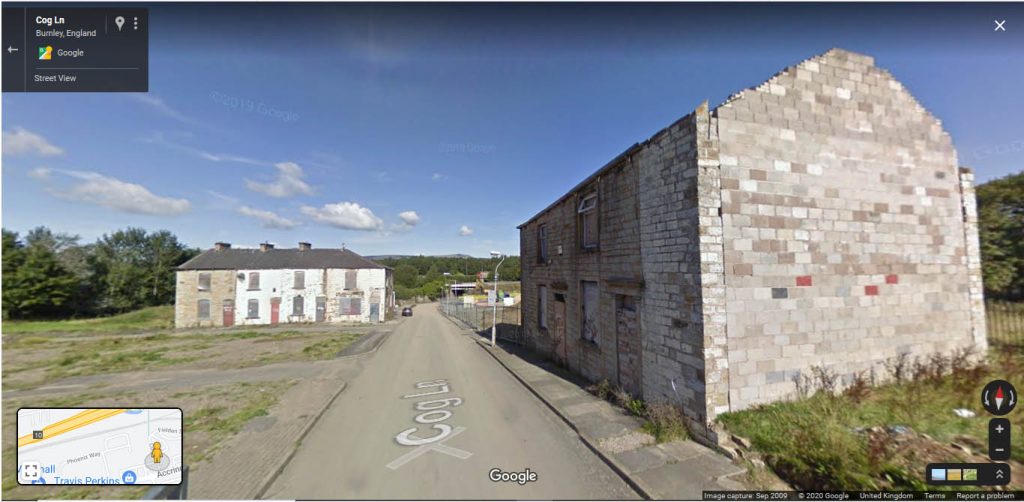
Remains of houses in Cog Lane prior to demolition. 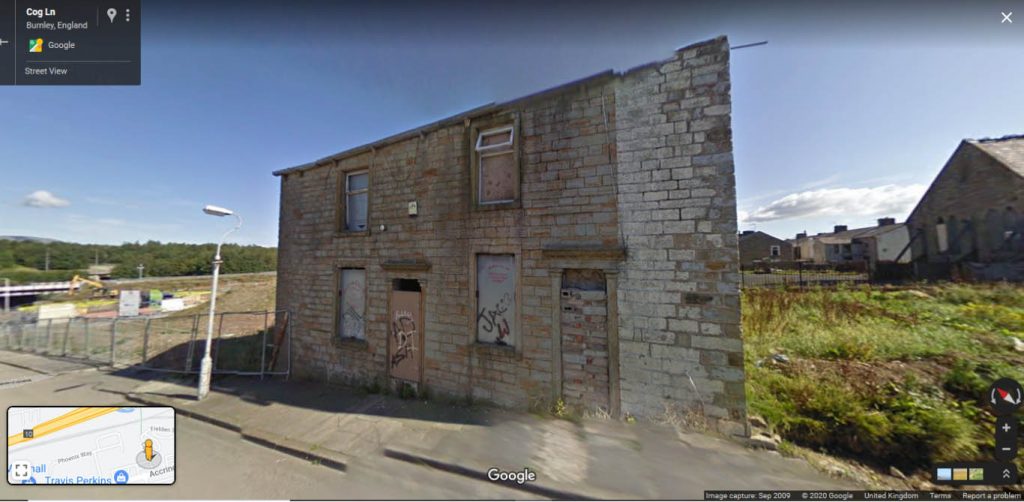
Remains of houses in Cog Lane prior to demolition. 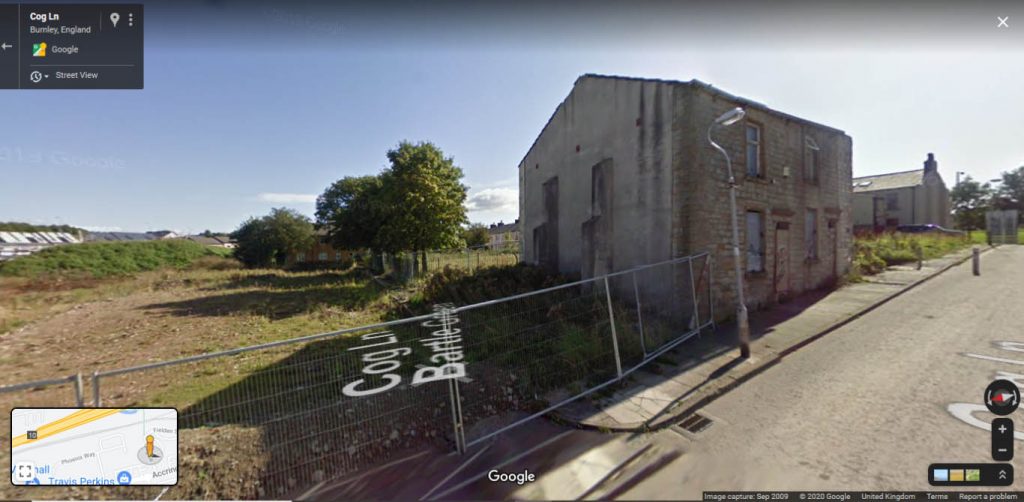
Remains of houses in Cog Lane prior to demolition. 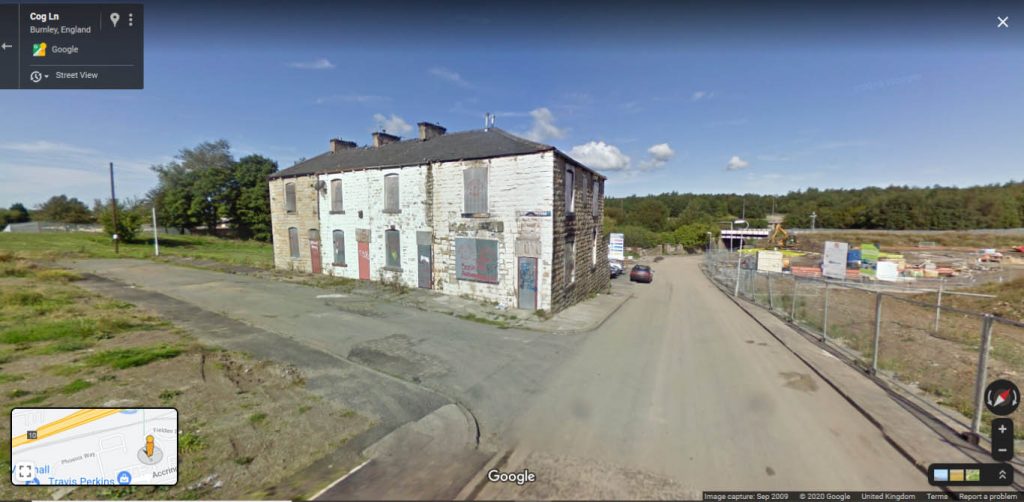
Jockey Street, just off Cog Lane prior to demoliton. 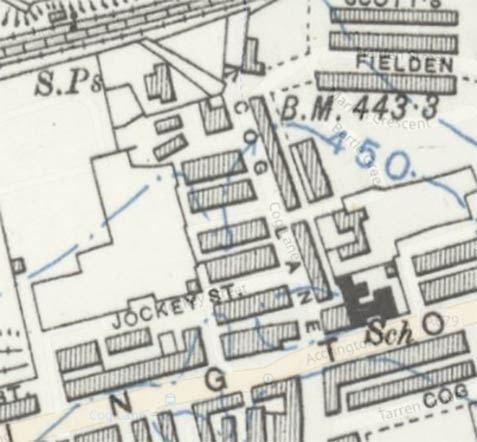
Map showing Cog Lane and the houses from 1888 – 1913
Eli Eastwood was not an easy man to get along with. As an habitual drinker, he would often find himself worse for wear and during the early years of their marriage, Eastwood and his wife, Elizabeth, would find themselves moving up and down the country before finally settling down in Wood Top, Burnley, sometime in the early part of the 1880s along with their five children. Together, they had eight children but three had already married and moved away.
Looking into Eastwood’s past, it seems he was always a man whose rage would often get the better of him. During the first week of April 1868 he was summoned into court after assaulting a lady by the name of Nancy Catlow, with whom he had been living with on and off for 5 months in Preston. On the 1st April that year, he barged into her home at Archer Clough, demanding that she “go with him!” Nancy told him he would be better off with his wife, which seemed to agitate him to the point he threw her down onto the floor before throttling her. Standing back up he kicked her several times in the abdomen making her bleed from the mouth. In court, he would say he was provoked into doing what he did because Nancy refused to give him back his clothes. However, the bench didn’t see it this way, fining him 10 shillings in costs which had to be paid in full within 14 days.
But it wasn’t always bad for Eastwood, as he had at some point in his life managed to start his own profitable business as a hawker, selling fried fish on the streets around Burnley and from all accounts he was a savvy business man.
Despite his business doing well, things at home where never right. His drinking and abusive ways would eventually become too much and when his wife finally left him, it is thought that he had several hundred pounds which he would waste by spending the majority of it on drinking.
And as for the separation from his wife, twelve months prior to the events that would take place in 1893, a massive row between the pair led to her leaving him, after having been threatened by the use of a carving knife he picked up during another violent outburst. Afraid of what he would do to her, she fled Albany Terrace, where they then lived, and took her children with her.
Such was his behavior, Eastwood had at one point after his wife, Elizabeth, had left him, visited one of his married sons and told him to; “prepare for a funeral!” When his son asked what he meant, Eastwood replied that he intended to murder his wife and then commit suicide thereafter. Now this is something that will become a recurring theme a little later on.
For the next nine months, he would move around the different parts of town, staying in various lodgings in the process, and it would be on Boxing Day in 1892 when he would meet 35 year old, Elizabeth Longstaffe whilst frequenting another public house in Burnley.
It’s not clear as to when but Eastwood would inherit a house in Barracks Road, Burnley – left to him by his deceased Uncle, and it wouldn’t take him long to sell it for the value of £139 – the equivalent of around £12,487 in today’s money.
Seemingly enticed by his wealth, Elizabeth spent all her time with Eastwood with both frittering away most of the money from the sale on alcohol.
In January 1893, Eastwood went on to sell his business, disposing of his stock-in-trade to a broker and together, they would move around from Blackpool to Southport and then Bradford to Preston before finally arriving back in Burnley around the 20th of March 1893.
As for Elizabeth Longstaffe, known simply as ‘Lizzie’, she was a native of Grassington near Skipton as was her husband, John. Not long after marrying, both of them relocated to Burnley where they eventually settled down at lodgings within Mrs Sowden’s home in Whittlefied Street.
Sowden described Elizabeth as a small, but very good looking woman who wasn’t always worse for drink and when she first arrived in Burnley she was always pleasant in manner. She would go on to say that it was around 1886 when Elizabeth would turn to alcohol but her long-suffering husband John, would always forgive her and try to get her to change her ways. Unfortunately it was all to no avail as Elizabeth would run up a string of debts and when she began to neglect her children, it was John who would be arrested and committed to prison for not sending the children to school.
In 1890, Elizabeth left her husband to live with another man in Burnley but as he had done many times before, John forgive her and she soon returned home. However, this wouldn’t last long as she would leave for a second time to be with another man and the cycle would repeat itself.
By this time, her drunken habits had escalated to the point she was intoxicated “all day long,” as Mrs Sowden was quoted as saying and that she would often leave at night and never return home for or day or two after.
Because of this, John and Elizabeth would go their separate ways on December 19th, 1892. Her daughter would move to Grassington where she would be brought up by Elizabeth’s father. John on the other hand moved to number 7 Hargher Clough, just off Accrington Road where he would look after their son.
So with that little back story of Eastwood and Longstaffe now done, let’s get into the events leading up to Wednesday, 29th March 1893.
It was late on Tuesday, March 28th, when Eastwood would call at Joseph Clegg’s home wanting to borrow £2.00 that he would use to set up a shop at the front of his house on Cog Lane; the same house he was renting from Clegg.
Clegg refused with Eastwood saying; “I will see what I can do then.” Apparently, Eastwood seemed sensible and sober – something quite out of character for a man who was an habitual drinker!
And from all accounts, Clegg wasn’t the only person Eastwood visited in the hope of procuring money as, five days earlier on the 25th March, he had called on his neighbor, Margaret Butterworth and asked if he could borrow 2 shillings to spend on food. She told him she didn’t have it and he then said; “You have some good clothes, will you lend me some?”
It was becoming obvious to her that Eastwood and Longstaffe had no money, but knowing him so well, she lent him a shawl and a skirt, which he promised to return the following Saturday.
The next morning at around 7.50am, William Gregory of 30 Tunnel Street, came across a hat and coat that was laid out at the opening of Gannow Tunnel that is situated towards the Whittlefield area. Perhaps this may not have at first seemed too much of a strange occurrence, but much worse would soon follow.
A few hours later, at around 11.40am, William was making his way back through the tunnel when he would come across the body of a man floating face down and roughly 50 yards inside. Slowly, he managed to drag the body from the canal, placing it onto his tug boat before making his way back out. The body was that of Eli Eastwood. He was missing his hat and coat, presumably those that William had found on the towpath earlier on in the morning. His clothes where stained by blood and he had a deep laceration to his forehead, most likely caused by that of a tug boat hitting him as it passed through the tunnel.
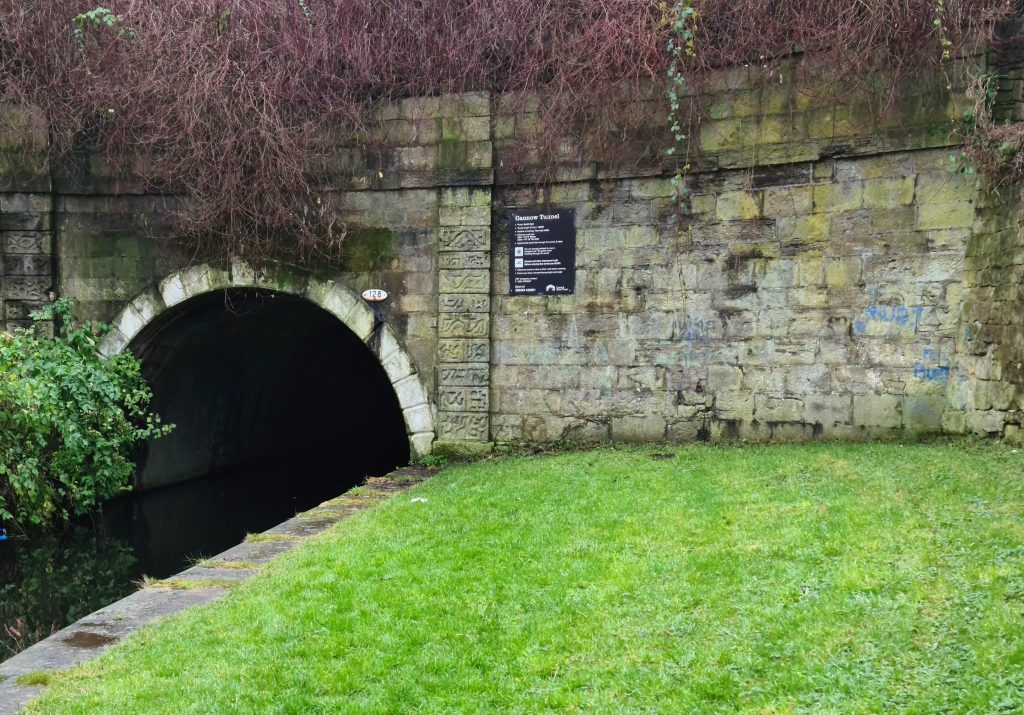
Gannow Tunnel – hat and coat where found lying up against this wall. 
Gannow Tunnel, Whittlefiel side 
Gannow Tunnel and towpath 
Towpath leading down to Gannow Tunnel 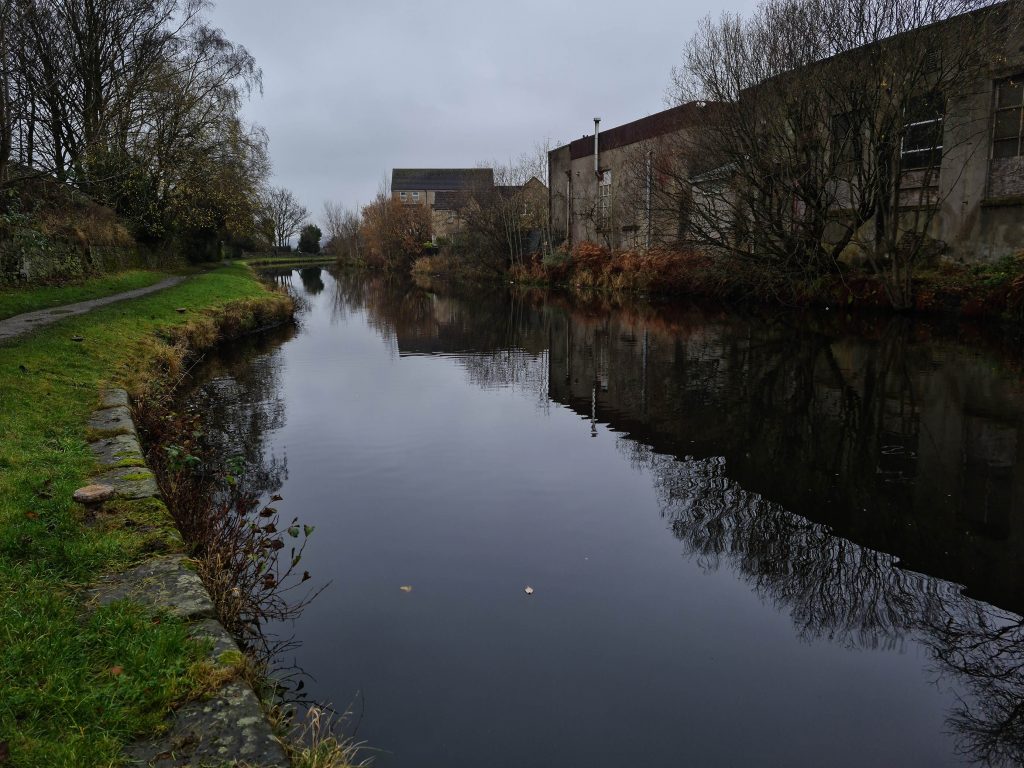
Leeds and Liverpool Canal from Gannow Tunnel 
Whittlefield
Startled by this discovery, P.C. Thomas Hopwood soon attended the scene at around 12.20pm, but as such where the times in Victorian England, very little was thought of finding a body floating in a canal and it would be taken to the mortuary within the police station to await a postmortem.
However, things would escalate later that afternoon, sometime just after 2pm when Martha Jane Whitehead, daughter of Margaret Butterworth called to tell her that the body of Eastwood had been found floating in the canal.
Running into the house, she shouted; “Mother! They have pulled Eli out of the cut!” The two women then made their way to number 70 Cog Lane. Finding the door shut, Martha said; “She’s not in.” Margaret replied; “Yes, she must be, for there is the shawl up at the window.”
Martha then proceeded to climb onto the extremely narrow window sill to try and peer into the room for any signs of Eastwood or Longstaff being present. What she saw shocked her to the core.
For reasons only known to them, Eastwood and Longstaffe had never bothered using any of the upstairs rooms, instead opting to use the ground floor and the kitchen in particular as a make-shift bedroom.
On the bed lay Longstaffe who was covered in a pool of blood, having had her throat cut which was easily visible to the woman standing on the window sill.
At once, both woman reported the discovery to two passing men who quickly made their way to the police station. P.C. John William Ardwick made his way to the house and unable to gain entrance via the door, he managed to unfasten a window to make his way in. Upon seeing Elizabeth’s lifeless body on the bed, he at once got word back to the police station and Inspectors Anderson, Teale and coroners-officer Terry were summoned to the house along with several other police officers. By this time, it seems that Inspector Teale had been informed that the man found drowned in Gannow canal was or may have been Eli Eastwood who lived at number 70 Cog Lane as he had taken possession of a key that Eastwood was carrying with him when his body was brought into the mortuary.
Using the key to gain entry, police officers blocked the doorway to prevent onlookers from entering the house, whilst the inspectors began to investigate the crime scene.
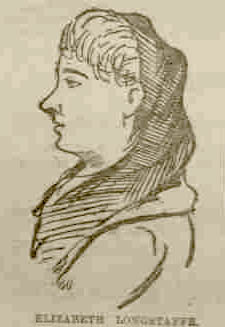
Elizabeth Longstaffe 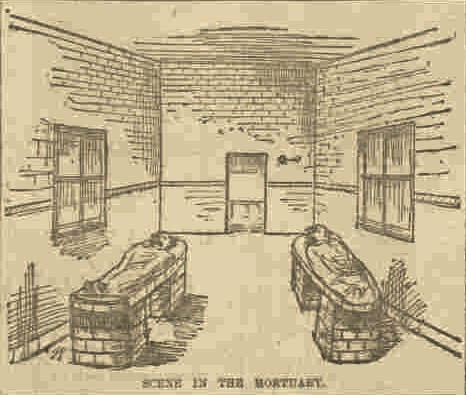
The Mortuary 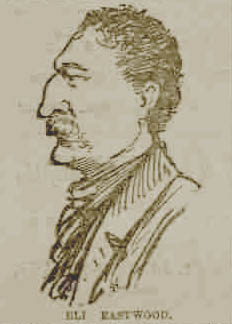
Eli Eastwood
Meanwhile, news spread and it didn’t take long for a large crowd of people to collect outside with some even climbing onto the window sill to satisfy their curiosity by looking into the room where the body lay. Idle gossiping with accusations of suicide and of course murder soon became apparent but the police remained tight lipped at all times.
Inside, the investigators took notes. Elizabeth Longstaffe’s body was lying in bed where she was undressed and lying in pool of blood, some of which had saturated the mattress to such an extent it had started to seep through and onto the floor. Her throat was cut from ear-to-ear and close to a pillow next to her was that of a blood stained table knife.
Upon further examination, the investigators noted two severe wounds on her head. It seemed she was struck with an heavy object of some kind, first on one side of her head and then on the other side. She had also sustained serious injuries to her left hand, indicating that she had tried to defend herself.
Without any question, it was evident from her injuries that Longstaffe could not have caused them by herself and that this was no suicide.
It didn’t take long for officers to find the instrument that had caused the wounds to her head as under the bed, they found a heavy poker which was slightly bent and covered in blood and matted hair.
The door frame leading out of the house was stained with blood and bore a distinct impression of having been rubbed with blood-stained clothing and on the stones outside, there were marks that indicated that her killer had smeared their hands over them.
Elizabeth’s body would be transferred by P.Cs Mercer and Sullivan by an ambulance litter to the public mortuary later that evening, ready to be examined by the coroner.
The inquest into the murder and suicide of both Elizabeth Longstaffe and Eli Eastwood would take place on Saturday, 1st April which was opened by the Coroner, Mr. Robinson within the large Police Court at the Town Hall.
He would say to the jury that the inquest was more or less that of two separate inquests as they were uniquely connected and it was for the jury to decide if they were satisfied as to the manner as to how the two persons had come to their deaths.
However, the Chief Constable had informed him that he was not prepared to go fully into the matter until the police had collected the rest of the evidence. After a few witnesses had been called, including the husband of Elizabeth Longstaffe and the wife of Eli Eastwood, the inquest would be adjourned until the following Friday, 14th April, and in the meantime, it was decided that the coroner could give the burial orders for both of the deceased.
Two weeks later, the adjourned inquest would take place within the Borough Police Court and other witnesses would take to the stand alongside Margaret Butterworth, Joseph Clegg and William Gregory. Edward Keirby, of Wood Top stated that he saw Eastwood early on the Wednesday morning as he crossed a stream that faced the back side of Eastwood’s house. Passing by Haslam’s factory and close to the White Bull Inn, both men went off in different directions with Eastwood making his way up towards White Bull Street.
Miss. Grimshaw, a tenant at number 72 Cog Lane would state that she had spoken to Longstaffe on the Tuesday evening at around 8.30pm and she seemed her normal self. When questioned on whether or not she heard anything unusual during the evening coming from next door, she replied; “no, there was no noise of any kind.” She would go on to say that she could hear almost any movement coming from the next house, but on the day of the murder, she heard nothing out of character.
So what of the motive? What pushed Eastwood to commit such an horrific crime which led to him taking his own life?
Looking back at what we have already discussed, both Eastwood and Longstaffe where habitual drunks, whittling away every penny they had on alcohol. They were living in the deepest of poverty, inside an ill-furnished house that had bare cupboards with not a meal to eat. He had also been turned down credit recently, having attempted to purchase some bed clothing in a shop in town which proved futile.
Newspaper reports at the time seem to point the finger of blame for his downfall to that of Elizabeth Longstaffe and how he may have had a deep loathing of her as she was the focal point of him wasting away all of his money on vice and alcohol.
This would be an unfair assumption, as Eastwood had already descended onto a spiral of self-destruction months before he met Longstaffe. Instead, its perhaps better to assume that, after hitting rock bottom and with no hope for the future, something inside him gave way to his murderous intent. From what Edward Keirby said at the inquest, Eastwood seemed to be in a sober state of mind when he saw him that Wednesday morning and if this was the case then perhaps it was depression that led to him committing murder? And perhaps after murdering Longstaffe, did remorse overcome him which led him to take his own life? We can only speculate – as the police, coroner and jury could only do at the time.
After all of the witness statements had been made, the Coroner said he did not know if the jury would require any further evidence to enable them to come to their verdicts on the deaths of Eastwood and Longstaffe. They could, therefore, scarcely come to any other conclusion than that of Eastwood being the person responsible for the murder of Elizabeth Longstaffe. What they had to decide, however, was to whether or not he was responsible for his actions at the time he killed himself.
After a short consultation, the jury were of opinion that Eastwood committed the murder and then took his own life, but there was no evidence on which to form an opinion as to his sanity or insanity.
The coroner agreed, saying; “Well, I am quite of your opinion. I don’t think he was insane. I think he only committed suicide to get out of the way because he knew he would have to swing.”
Eli Eastwood and Elizabeth Longstaff would be interred within Burnley Cemetery on Saturday, 1st April 1893 at 2.30pm. They would be buried alongside each other in graves marked A8891 and A8893 respectively.
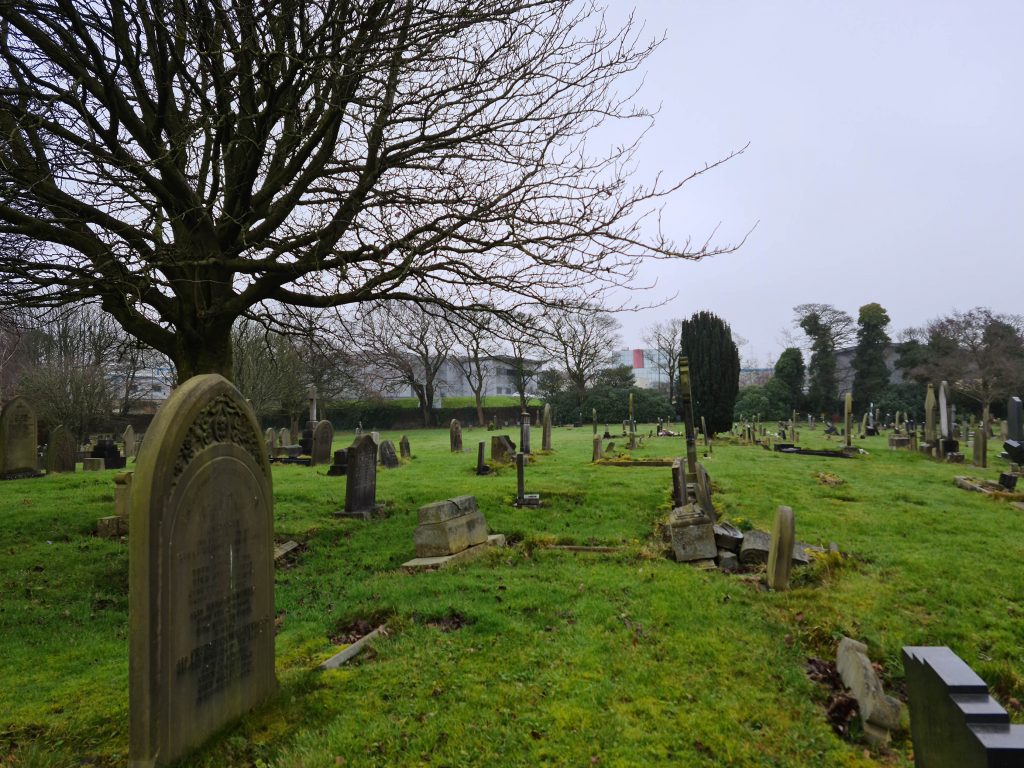
Burnley Cemetery 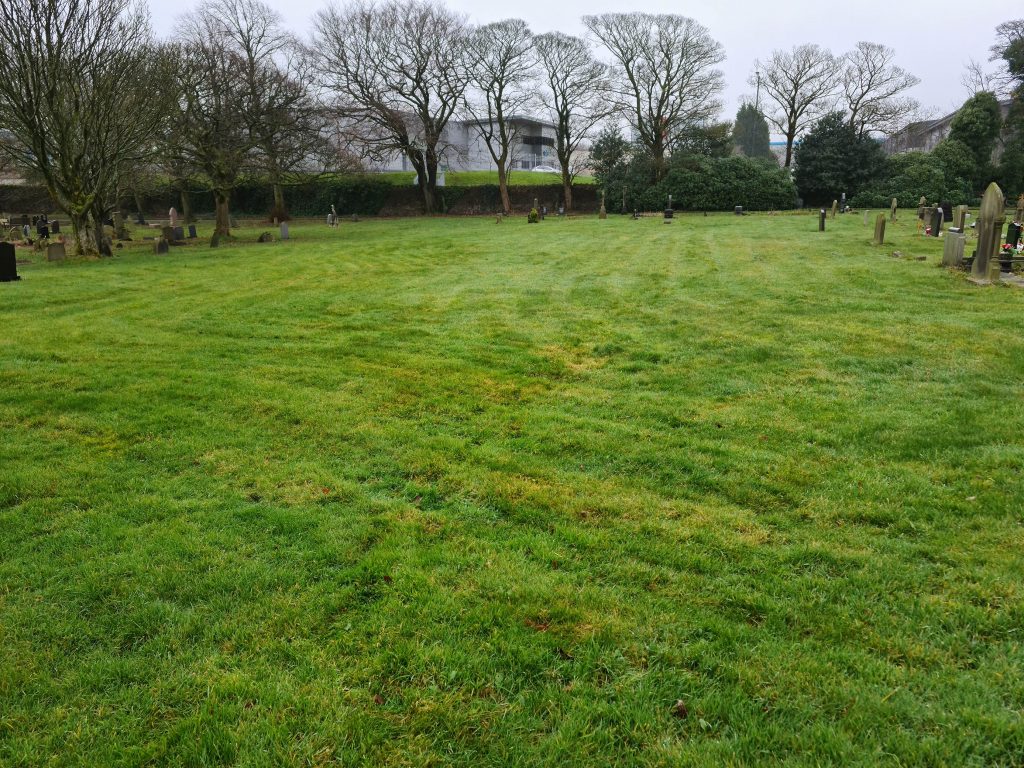
Location of Eli Eastwood and Elizabeth Longstaffe graves.
So, do you remember right at the very beginning of this story I mentioned that Eastwood had told his son he would murder his wife and commit suicide thereafter? Whilst I wouldn’t go as far as say it was a premonition of sorts, it may have been a chilling warning that deep within Eastwood, there was rage that was always simmering with intent to kill. I guess no-one could have done anything about his threats back then, after all, he was a drunk and someone who always had a menacing way about him. But to commit a murder? I doubt anyone could really have done anything to stop him.
Thank you very much for listening. I hope you enjoyed this story and if you want more please show some support and comment down below. You can follow me on twitter and on instagram – links are down below – but in the meantime, take care and I will be back soon with another tale from the past.
Sources used for this story;
Manchester Courier and Lancashire General Advertiser – Saturday 01 April 1893
Illustrated Police News – Saturday 08 April 1893
Yorkshire Evening Post – Friday 31 March 1893
Lancashire Evening Post – Friday 07 April 1893
Burnley Express – Saturday 01 April 1893
+ many more courtesy of the British Newspaper Archive – www.britishnewspaperarchive.co.uk
Please follow me on social media;
Twitter – https://twitter.com/dohpods
Instagram – www.instagram.com/dohpods

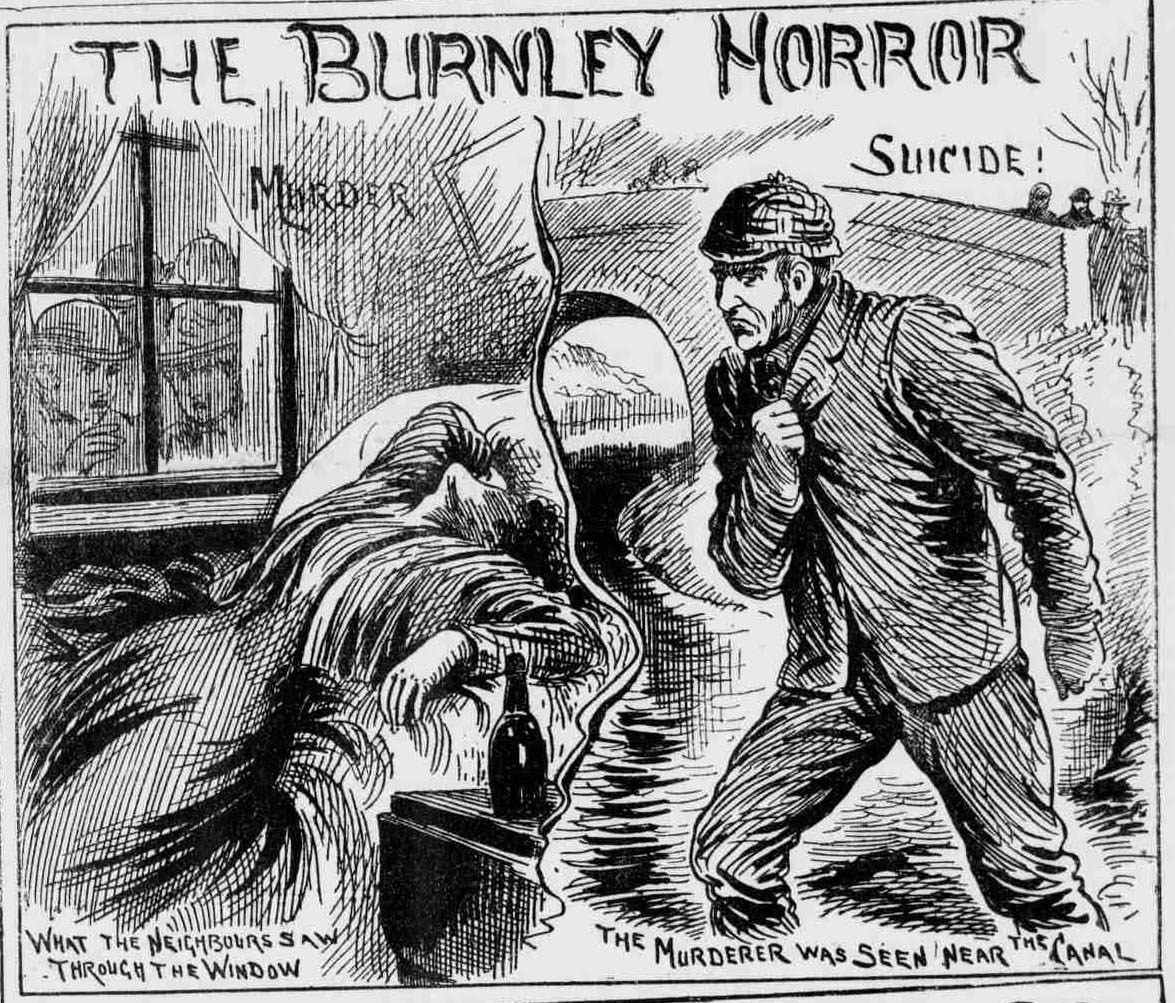
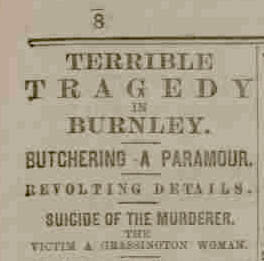
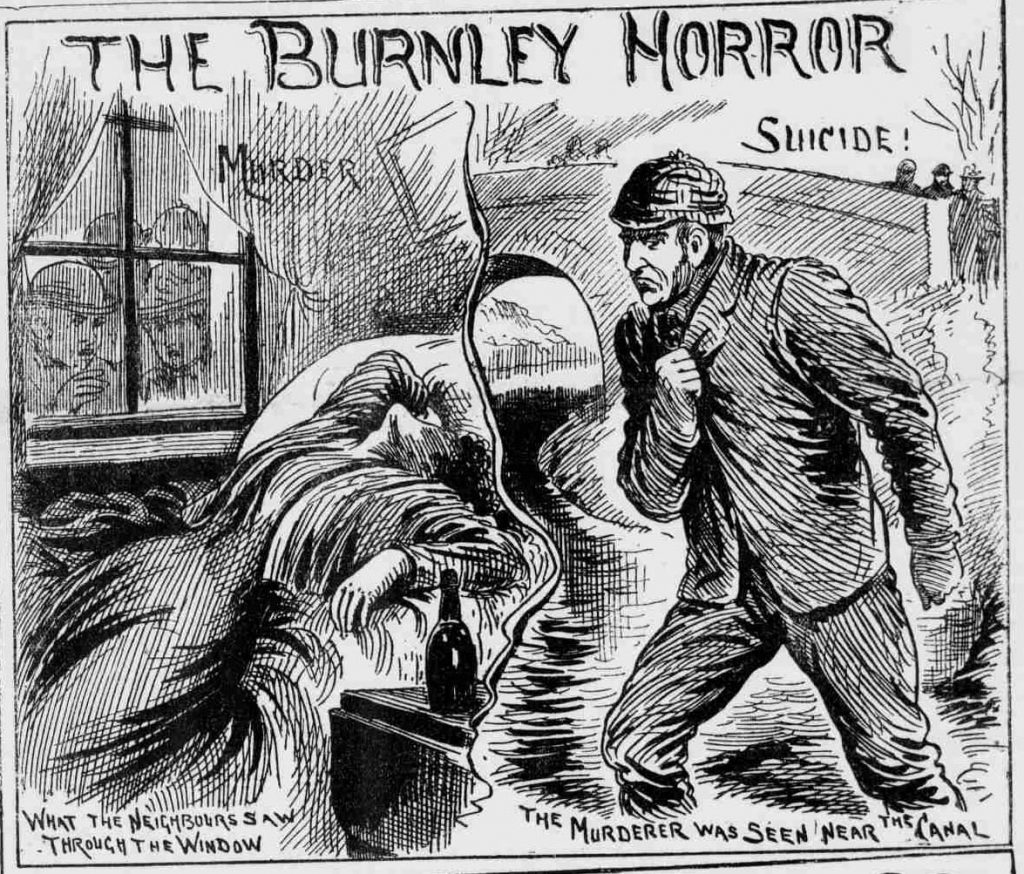

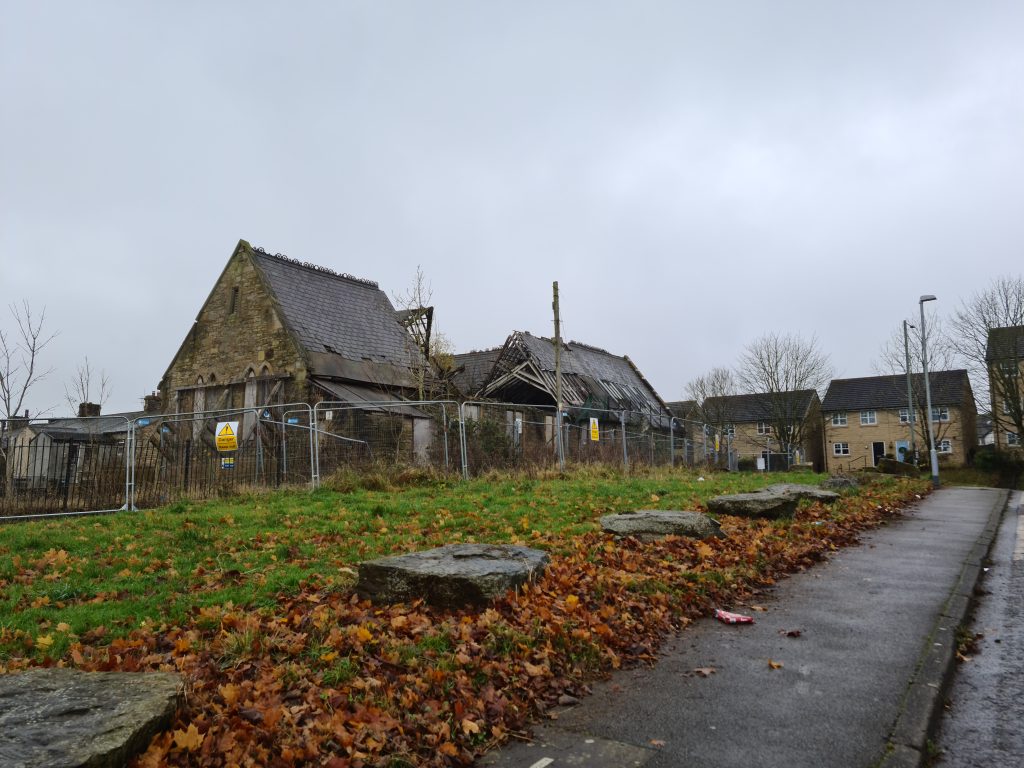


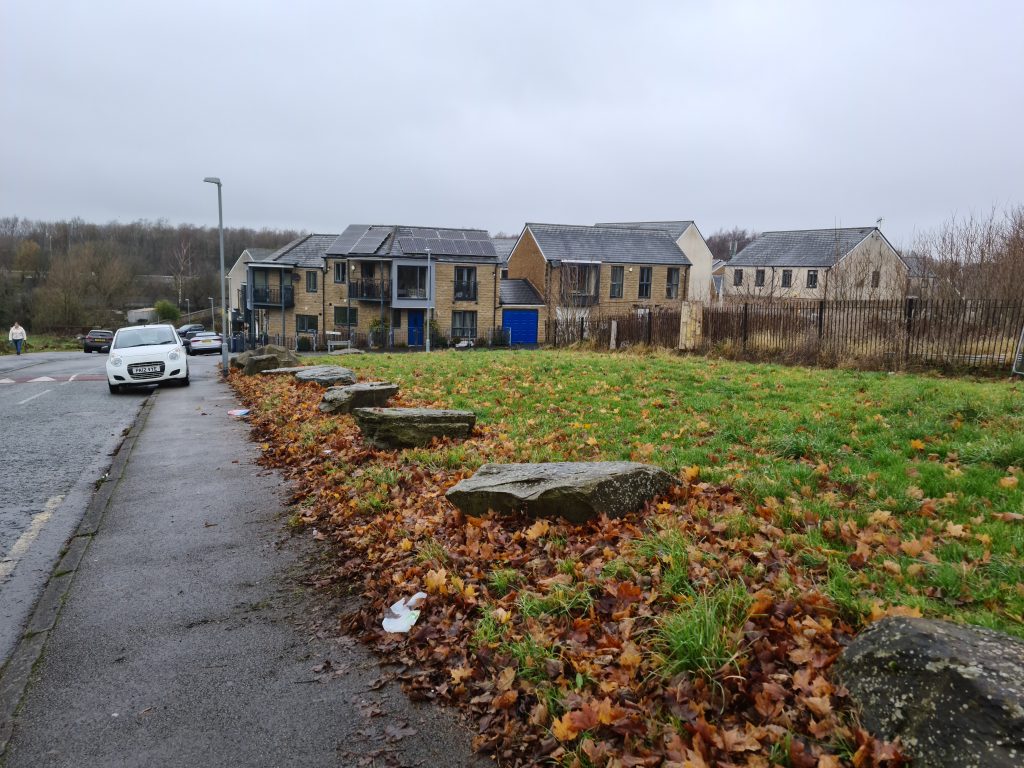

Leave a Reply